Home>Construction & Tools>Building Materials>When Was Stucco First Used
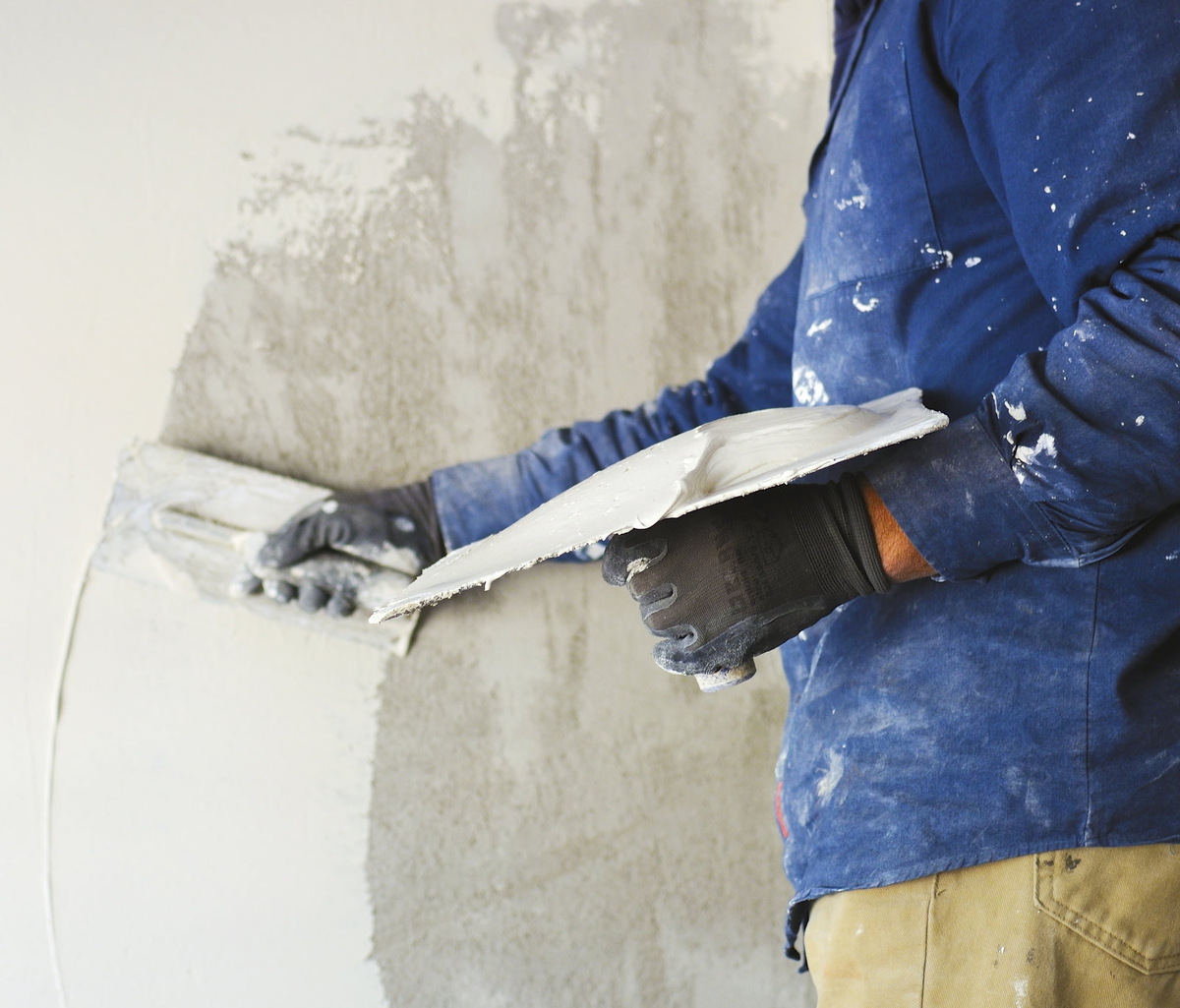

Building Materials
When Was Stucco First Used
Modified: February 18, 2024
Discover the history of stucco as one of the oldest building materials, dating back to ancient civilizations. Learn about its enduring use and versatile applications.
(Many of the links in this article redirect to a specific reviewed product. Your purchase of these products through affiliate links helps to generate commission for Storables.com, at no extra cost. Learn more)
**
Introduction
**
Stucco, a versatile and enduring building material, has a rich history that spans centuries. From its ancient origins to its modern applications, stucco has played a pivotal role in architectural design and construction. This article delves into the fascinating journey of stucco, exploring its early uses, historical significance, and enduring appeal. Join us as we embark on a captivating exploration of the evolution of stucco and its enduring legacy in the world of building materials.
Key Takeaways:
- Stucco has been used since ancient times by civilizations like the Egyptians, Romans, Mayans, and Aztecs, showcasing its enduring appeal and resilience in architectural design.
- Stucco’s versatility and durability have made it a timeless building material, seamlessly blending practicality with artistic expression from ancient civilizations to modern architecture.
Read more: When Was Silverware First Used
Early History of Stucco
The history of stucco dates back to ancient civilizations, where it was used as a reliable and durable building material. The earliest known use of stucco can be traced to the ancient Egyptians, who employed a mixture of gypsum and lime to adorn the interiors of their structures. This early form of stucco not only served as a decorative element but also provided a protective coating for the walls.
During the height of the Roman Empire, stucco gained widespread popularity as a versatile construction material. Romans perfected the art of stucco application, utilizing a blend of lime, sand, and water to create a resilient and visually appealing finish for their architectural marvels. The use of stucco in Roman architecture not only added ornamental value but also contributed to the structural integrity of the buildings.
Throughout history, stucco has been prized for its ability to withstand the test of time, enduring harsh climates and preserving the grandeur of ancient structures. Its early use as a protective and decorative medium laid the foundation for its continued prominence in architectural design and construction.
Ancient Uses of Stucco
In ancient times, stucco served as a fundamental component of architectural expression, adorning the walls of temples, palaces, and public buildings with intricate designs and vibrant colors. The ancient Mesoamerican civilizations, including the Mayans and the Aztecs, were renowned for their adept use of stucco in creating elaborate facades and intricate reliefs on their structures.
The Mayans, in particular, were celebrated for their innovative stucco techniques, which involved mixing limestone with water to produce a smooth and durable plaster. This plaster was then meticulously carved and painted, resulting in stunning facades that showcased the artistic prowess of the Mayan civilization. The use of stucco in Mayan architecture not only served as a means of embellishment but also conveyed symbolic and religious significance, depicting mythological narratives and celestial motifs.
Similarly, the Aztecs employed stucco as a versatile medium for embellishing their temples and pyramids, utilizing intricate designs and vibrant pigments to create visually striking exteriors. The meticulous craftsmanship and attention to detail exhibited in the application of stucco reflected the cultural and spiritual significance of these architectural marvels, leaving a lasting legacy that continues to captivate admirers to this day.
Across the ancient world, from the Mediterranean to Central America, stucco played a pivotal role in shaping the visual landscape of architectural wonders, leaving an indelible mark on the history of art and construction. The enduring allure of ancient stucco work stands as a testament to the skill and ingenuity of civilizations long past, showcasing the timeless appeal of this remarkable building material.
Stucco was first used over 9000 years ago in ancient Mesopotamia, where it was made from gypsum and used to decorate walls and buildings.
Stucco in the Renaissance
The Renaissance period marked a resurgence of interest in classical art and architecture, igniting a renewed appreciation for the use of stucco as a decorative and structural element in building design. Italian Renaissance architects and artisans embraced stucco as a medium for embellishing the facades and interiors of palaces, churches, and civic buildings, infusing these structures with a sense of grandeur and opulence.
One of the most renowned practitioners of stucco decoration during the Renaissance was the Italian artist and architect Andrea Palladio. Palladio’s innovative use of stucco in the design of palatial villas and public buildings elevated the material to new heights of artistic expression. His mastery of stucco ornamentation, characterized by intricate moldings, ornate reliefs, and classical motifs, exemplified the fusion of architectural form and decorative artistry, leaving an indelible mark on the architectural landscape of the era.
Stucco also played a pivotal role in the embellishment of Renaissance interiors, adorning the walls and ceilings of palaces and salons with elaborate plasterwork. The use of stucco in these settings allowed for the creation of breathtaking frescoes and intricate moldings, transforming the interiors into immersive works of art that celebrated the beauty and splendor of the Renaissance aesthetic.
Furthermore, the application of stucco in Renaissance architecture extended beyond mere decoration, serving as a structural element that enhanced the stability and longevity of buildings. The use of stucco as a protective and insulating coating helped safeguard structures against the elements, contributing to their resilience and endurance over time.
The Renaissance period stands as a testament to the enduring legacy of stucco as a versatile and enduring building material, showcasing its capacity to elevate architectural design through artistic expression and structural innovation.
Stucco in Modern Times
In the modern era, stucco has continued to be a prominent feature in architectural design, offering a blend of timeless elegance and practical functionality. Its enduring appeal as a building material is evident in its widespread use in residential, commercial, and institutional construction projects.
One of the key advantages of modern stucco lies in its adaptability to various architectural styles and design preferences. Whether adorning the exteriors of contemporary homes, traditional dwellings, or commercial structures, stucco offers a versatile canvas for architectural expression. Its ability to be molded, textured, and tinted to a spectrum of hues allows for the creation of customized facades that harmonize with diverse architectural motifs and design sensibilities.
Beyond its aesthetic appeal, modern stucco continues to be valued for its practical benefits. As a durable and weather-resistant material, stucco provides an effective barrier against moisture, contributing to the longevity and structural integrity of buildings. Additionally, stucco’s fire-resistant properties make it a desirable choice for enhancing the safety and resilience of structures, particularly in regions prone to wildfires or other fire hazards.
The application of stucco in modern construction projects extends beyond traditional plastering techniques, incorporating advanced technologies and formulations to optimize performance and sustainability. Innovations in stucco formulations have led to the development of eco-friendly and energy-efficient variants, aligning with contemporary architectural trends that prioritize environmental responsibility and energy conservation.
Moreover, the enduring popularity of stucco in modern architecture is underscored by its seamless integration with other building materials, such as stone, brick, and wood, allowing for striking juxtapositions and harmonious combinations that enhance the visual impact of architectural compositions.
As a testament to its enduring relevance, stucco remains a cornerstone of architectural expression in the modern age, embodying a synthesis of timeless elegance, practical utility, and innovative adaptability.
Read more: When Was Steel First Used In Construction
Conclusion
The journey of stucco through the annals of history is a testament to its enduring legacy as a versatile and enduring building material. From its early origins in ancient civilizations to its prominent role in modern architecture, stucco has left an indelible mark on the world of construction and design.
Throughout the ages, stucco has transcended its utilitarian function, evolving into a medium of artistic expression and architectural embellishment. Its ability to seamlessly blend aesthetics with practicality has made it a cherished component of architectural compositions, adorning structures with timeless elegance and enduring charm.
Moreover, stucco’s resilience and adaptability have ensured its continued relevance in the ever-changing landscape of architectural trends and construction practices. Its capacity to harmonize with diverse architectural styles and design preferences underscores its enduring appeal and versatility.
As we reflect on the rich tapestry of stucco’s history, from its ancient uses to its modern applications, we are reminded of its unwavering presence in the architectural realm. Whether gracing the facades of ancient temples, embellishing the palaces of Renaissance Italy, or adorning contemporary structures with sophistication and durability, stucco stands as a timeless testament to the enduring union of artistry and functionality in the built environment.
In essence, the story of stucco is a narrative of resilience, artistry, and enduring relevance—a narrative that continues to unfold with each new chapter in the history of architecture and construction.
Frequently Asked Questions about When Was Stucco First Used
Was this page helpful?
At Storables.com, we guarantee accurate and reliable information. Our content, validated by Expert Board Contributors, is crafted following stringent Editorial Policies. We're committed to providing you with well-researched, expert-backed insights for all your informational needs.
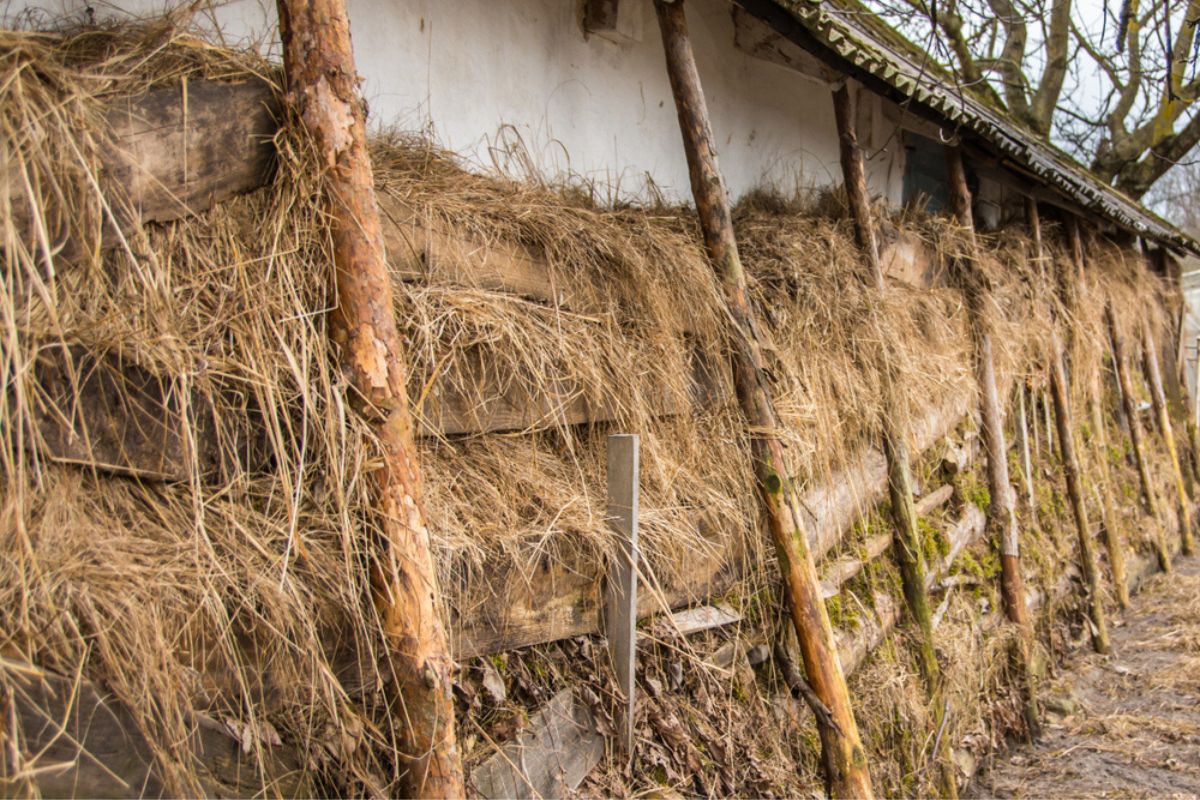
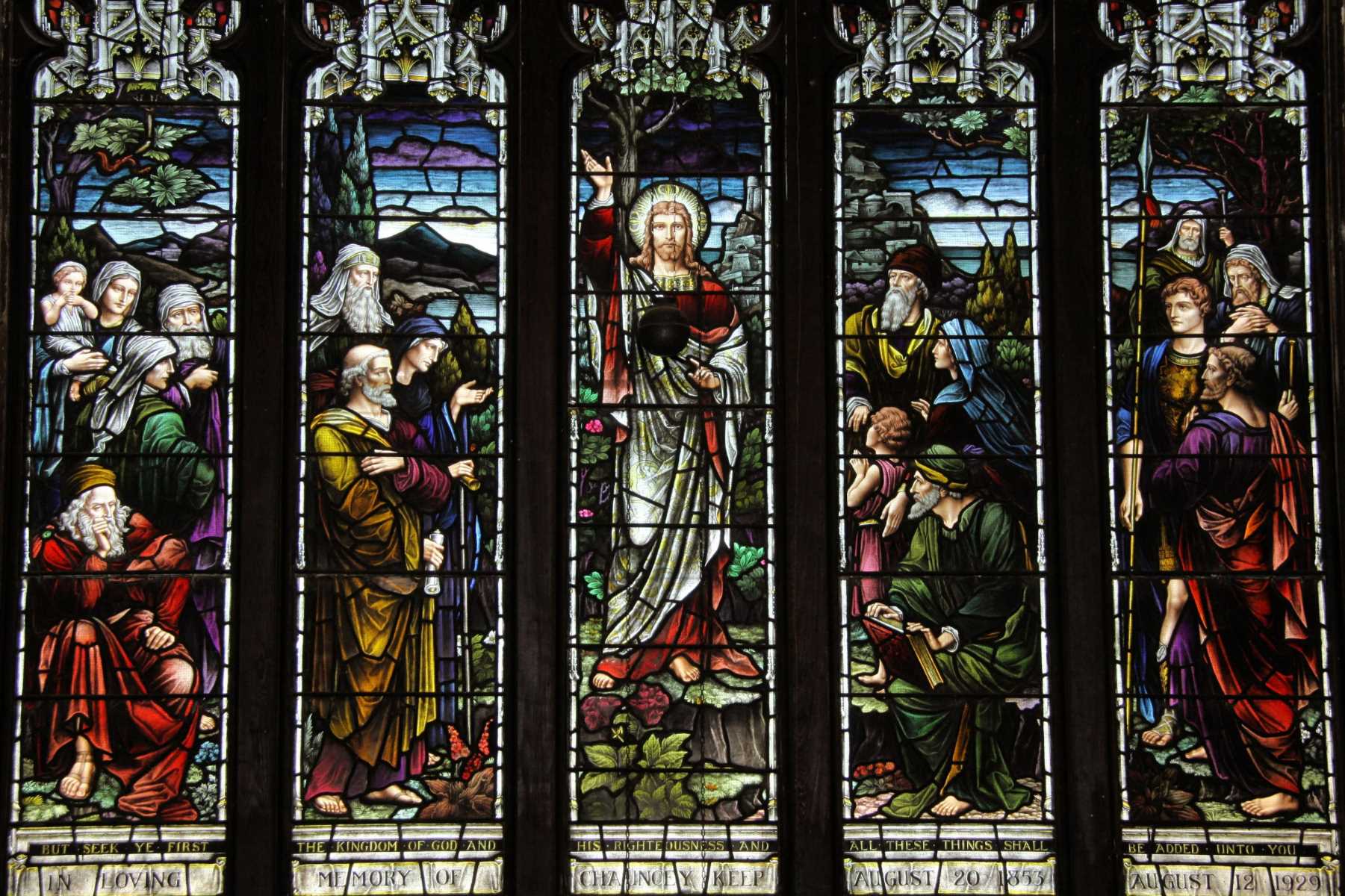


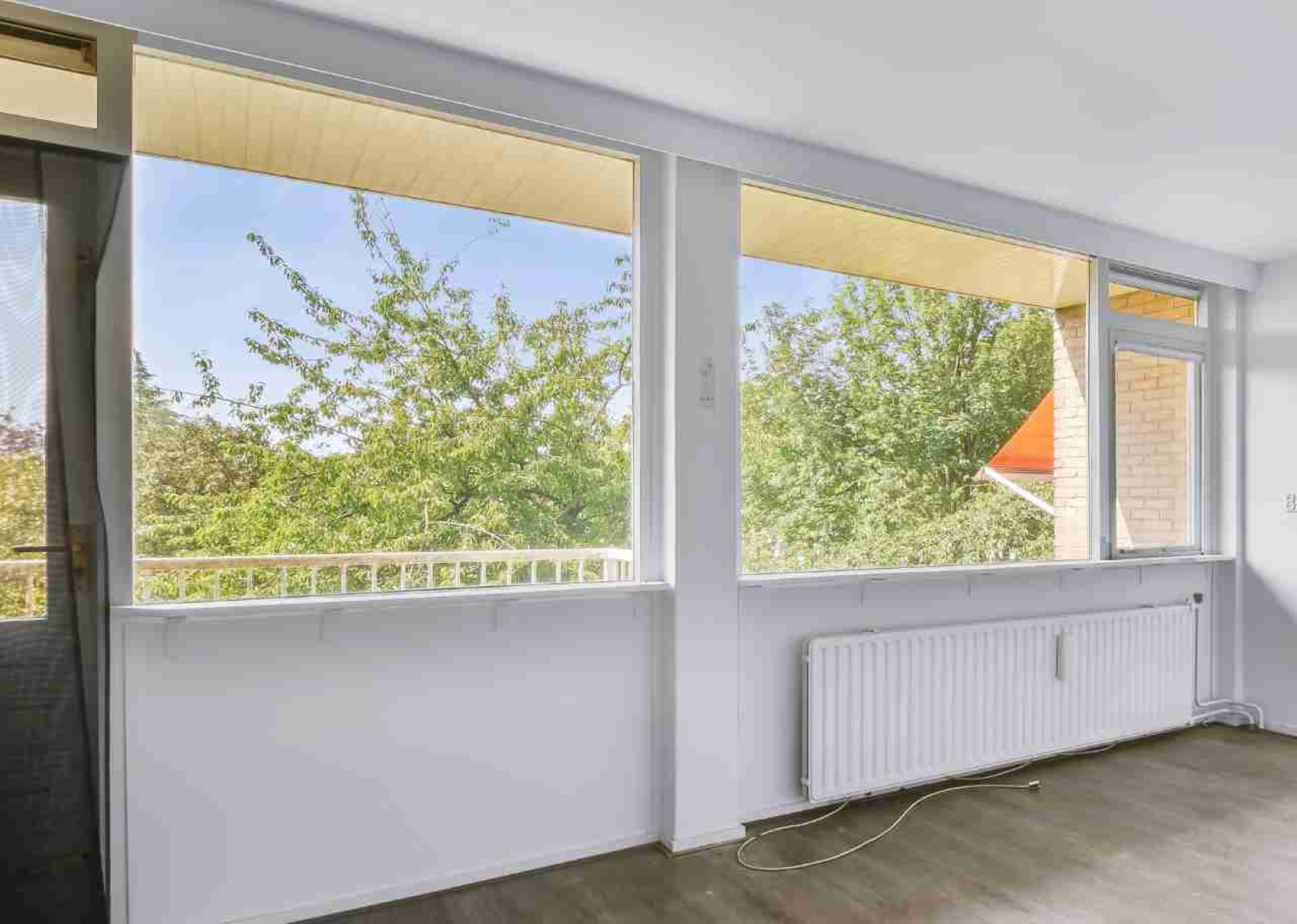
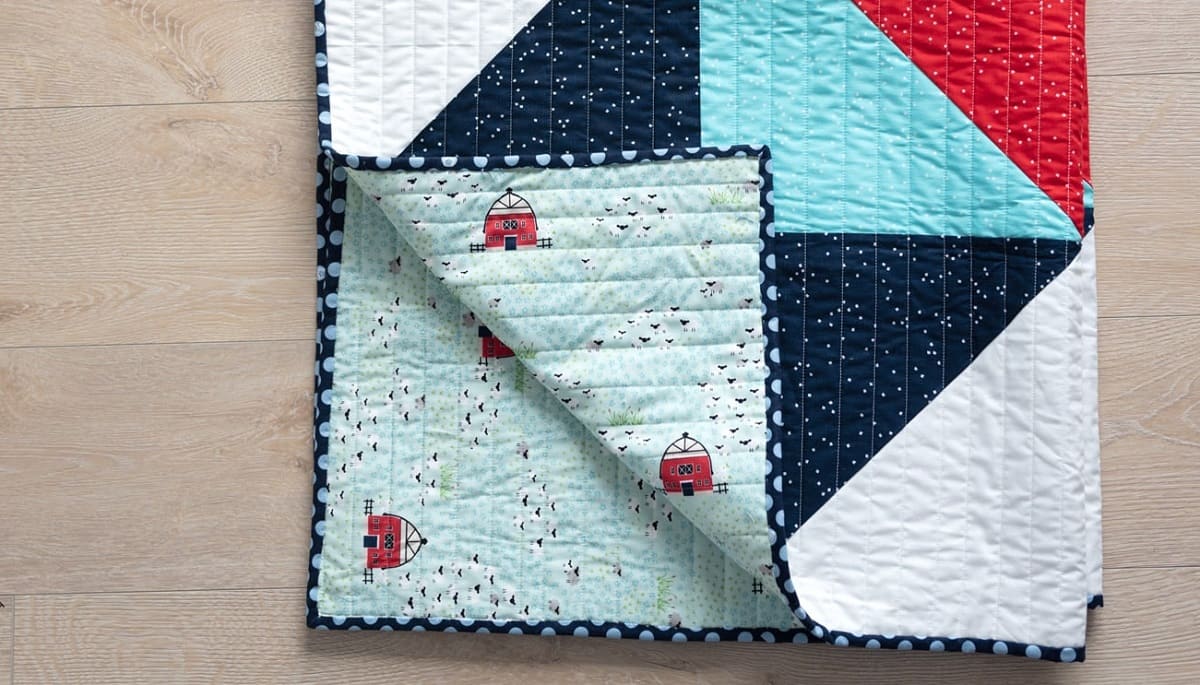

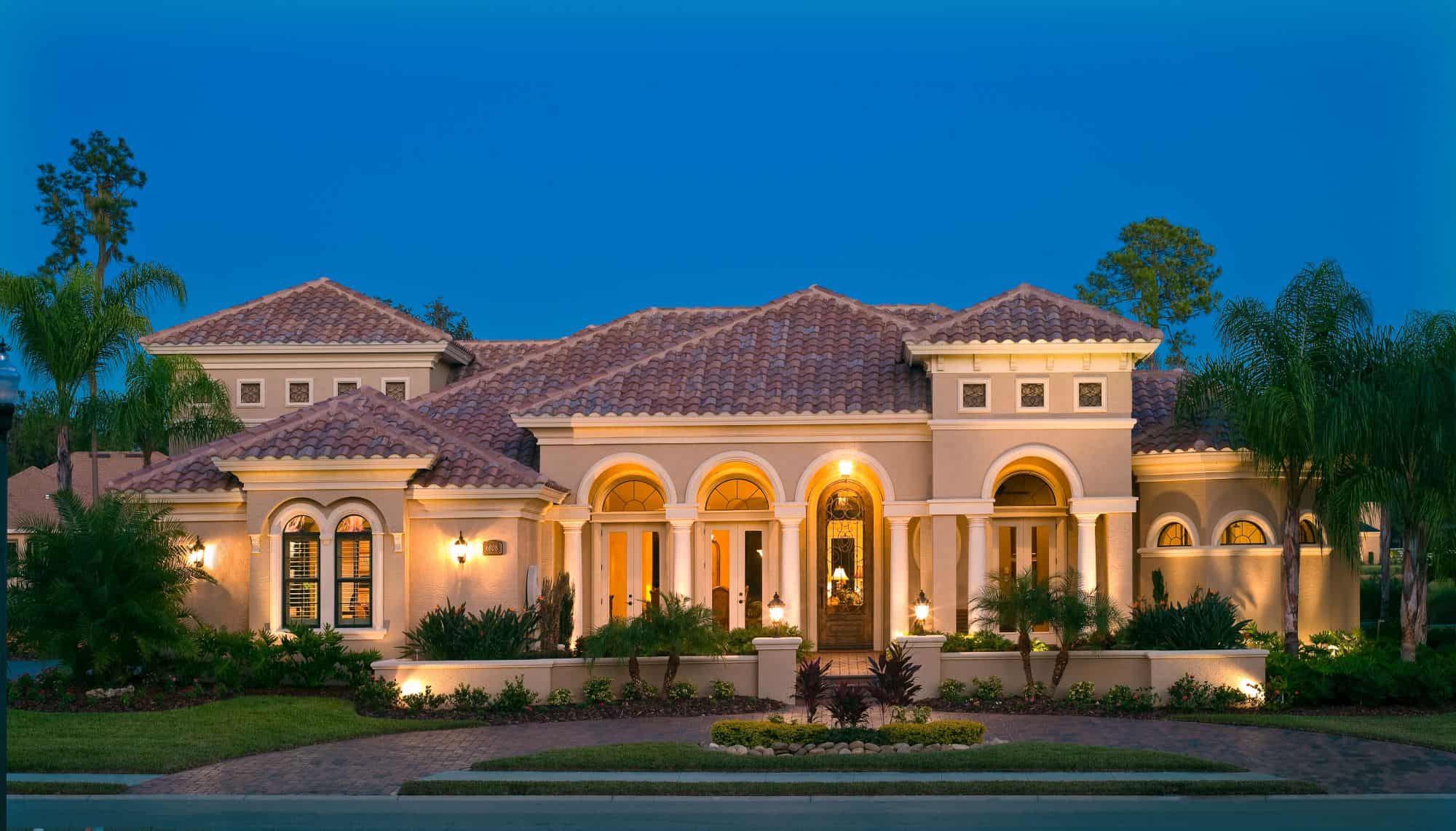
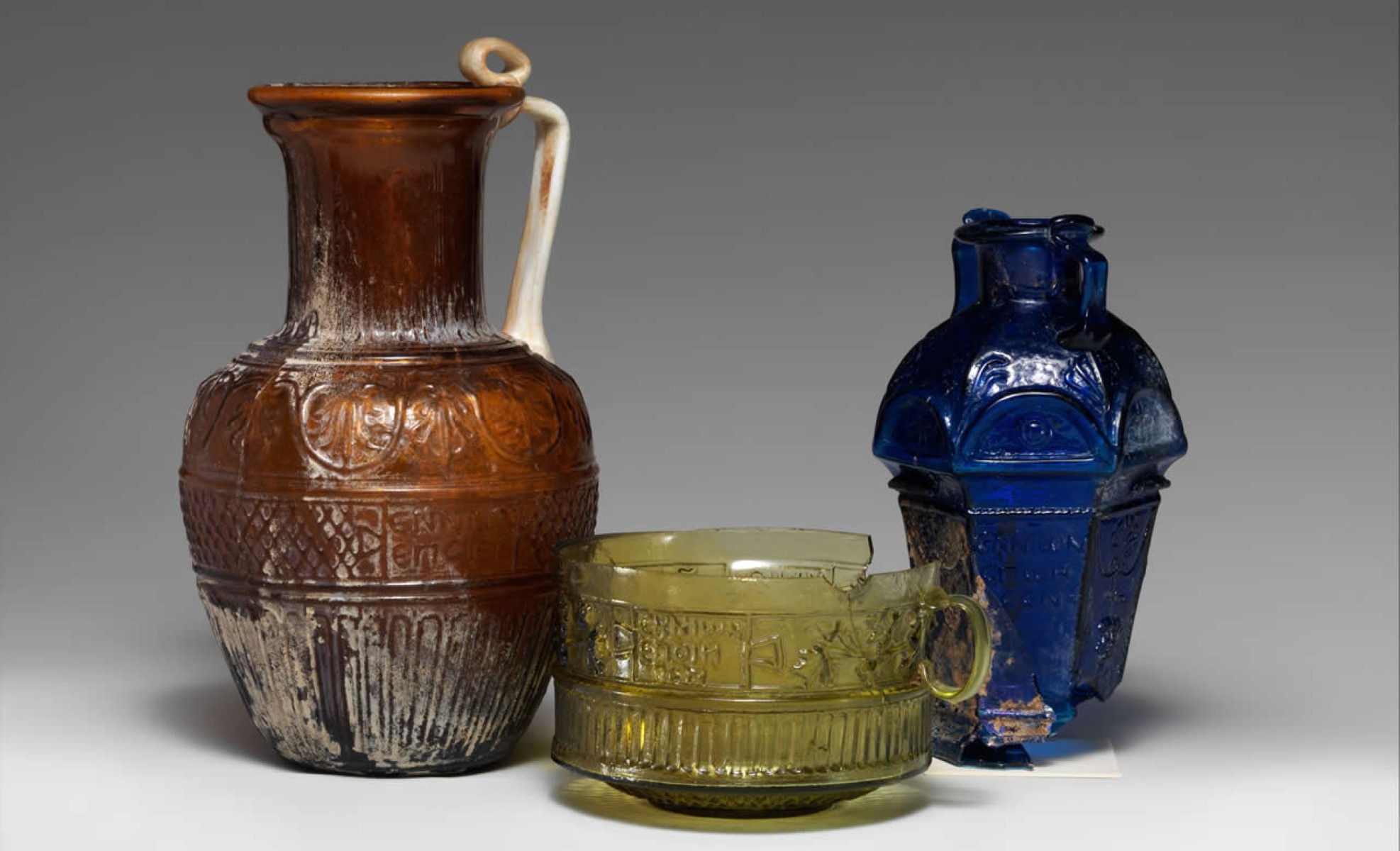



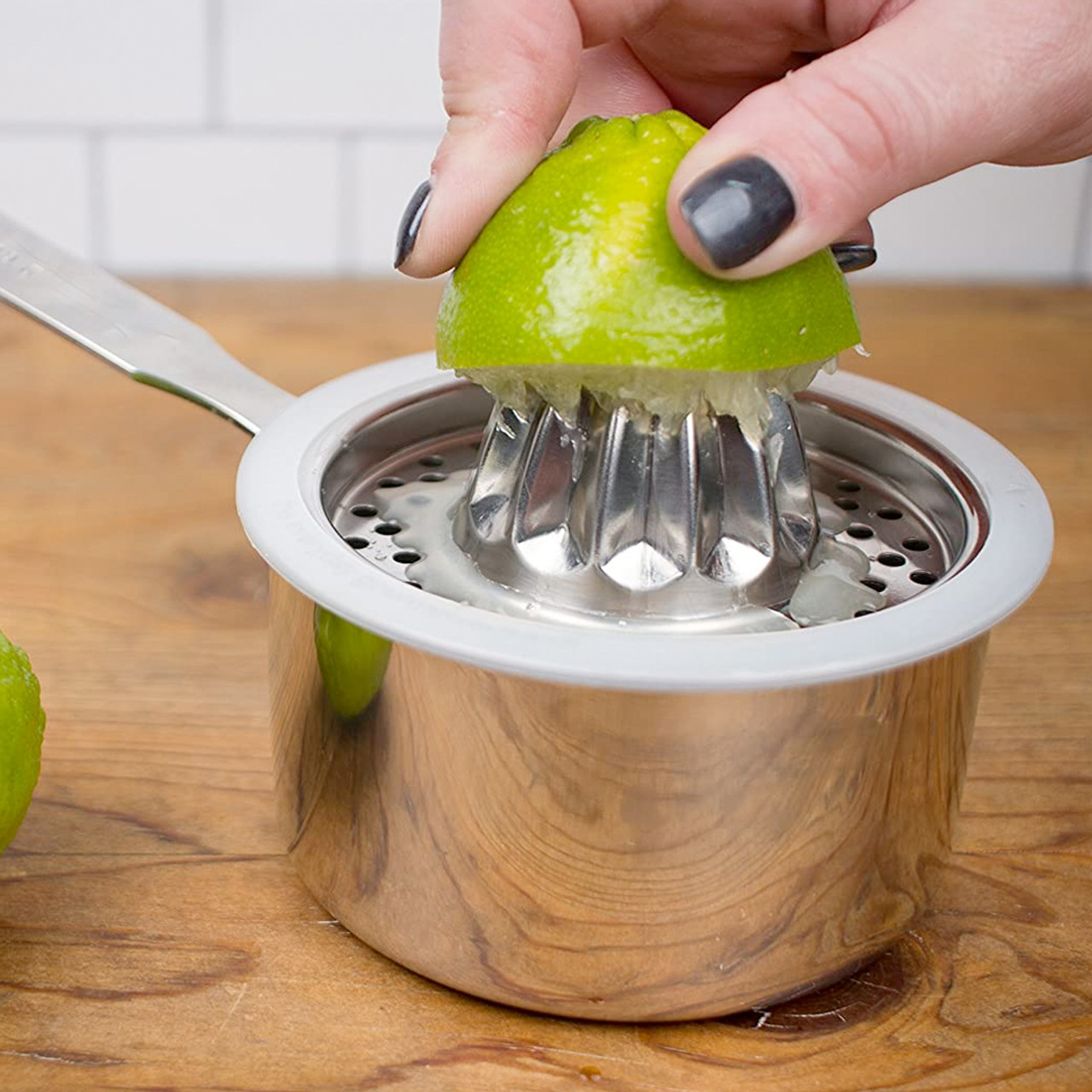
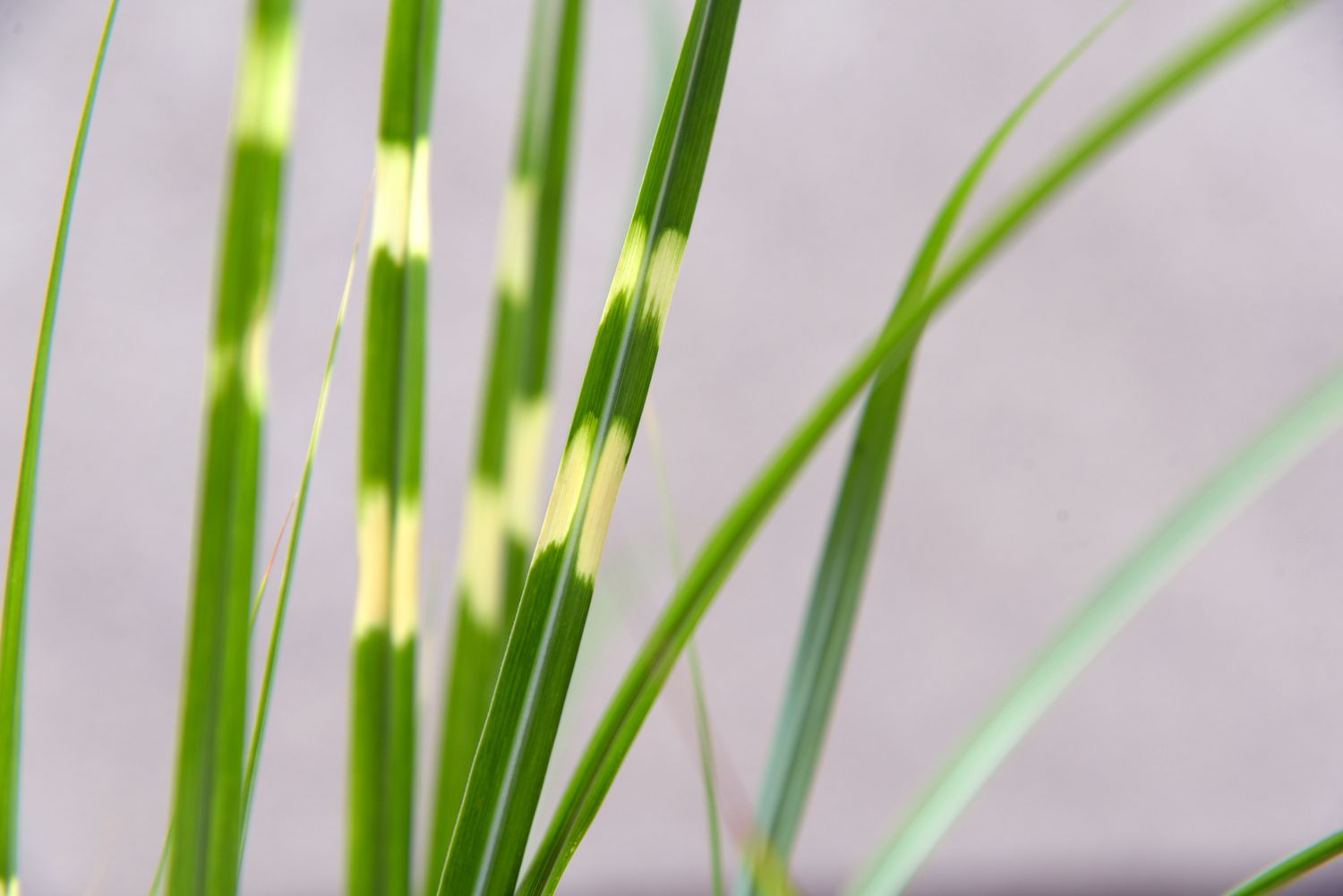

0 thoughts on “When Was Stucco First Used”